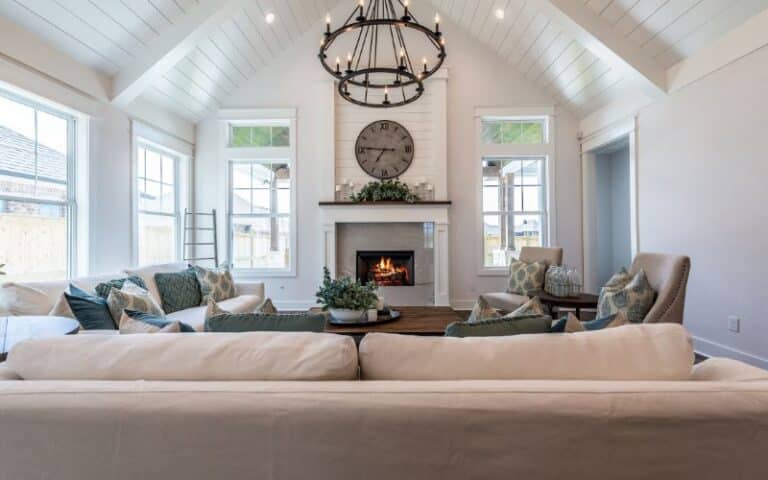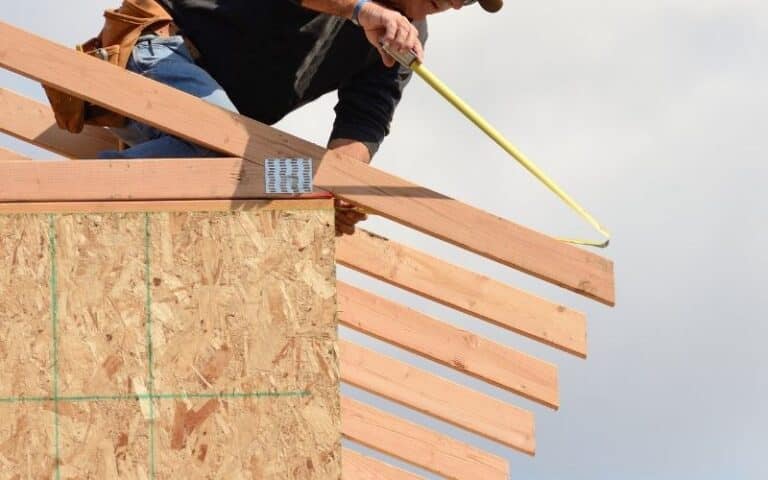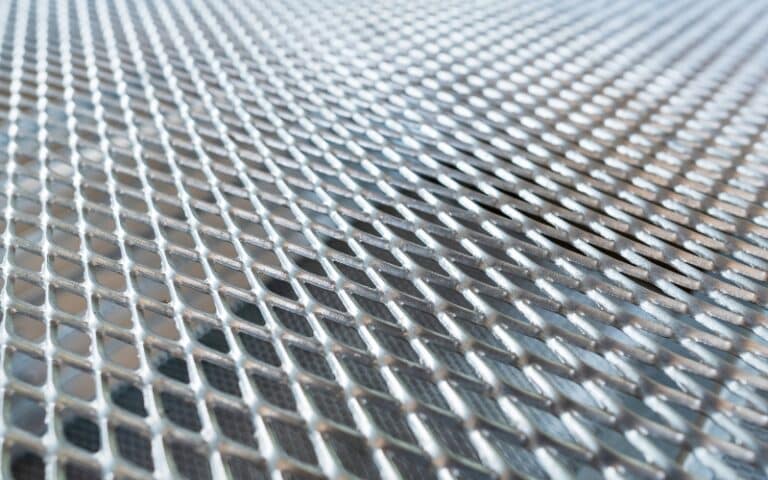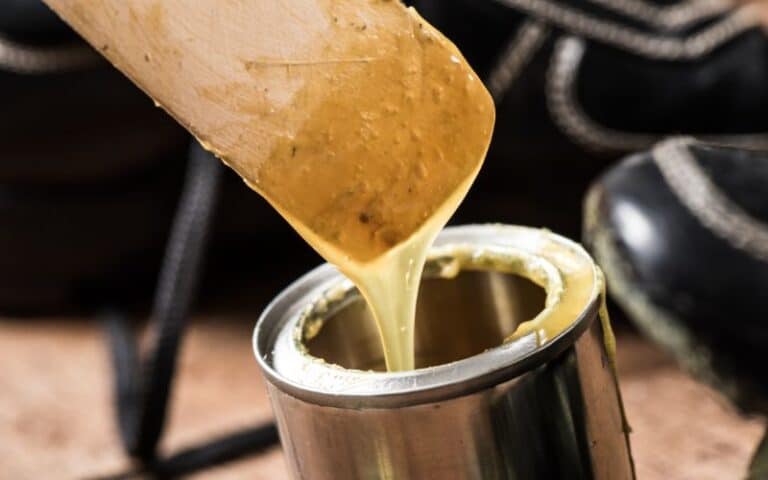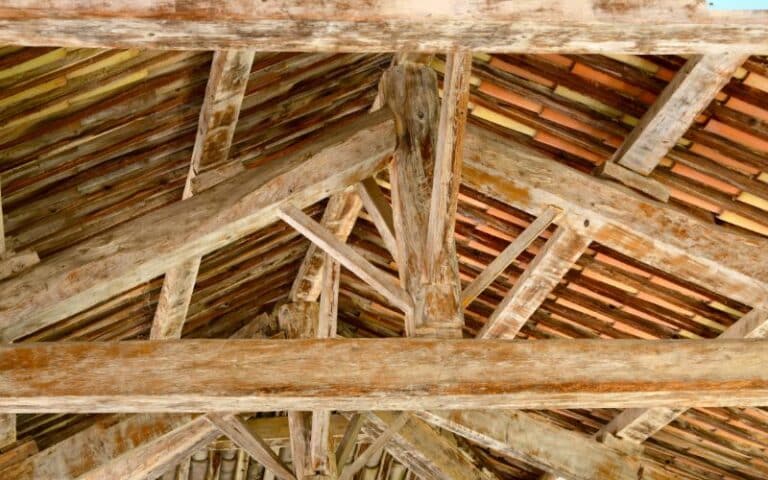When constructing your home, deploying quality materials and techniques is best.
Before you choose a siding material, there are a lot of qualities you should consider.
When comparing siding material, two brands come to mind; Azek siding and Hardie board.
It becomes difficult to choose with an Azek siding and a Hardie Board struggling for superiority.
So, which siding material should you choose for your construction work?
You can compare an Azek siding and a Hardie board in many ways. An Azek siding has more designs and greater moisture resistance. Comparing both materials, Azek’s siding is more expensive, while the Hardie board is more durable.
I will walk you through the differences between the Azek siding and a Hardie board. Not only that, I will go further into which siding material is more durable.
Ready for a Roofing Quiz?
Differences Between Azek Siding and Hardie Board

When you consider a siding material, Azek siding and the Hardie board come to your mind as materials with great quality.
There are some subtle differences that you should notice before making your choice.
These differences would significantly affect your choice and the overall outlook of your building.
Here are some differences between the Azek siding and the Hardie Board.
#1. Azek Siding
The first thing to look at is the composing material of the Azek siding; the Azek siding consists of engineered polymers. These polymers are plastic with some improvements.
When plastics undergo improvements, they have different mechanical and thermal properties that make them ideal for the elements.
In the case of an Azek Board, these modifications make them resist moisture and temperature changes significantly.
You can deploy the Azek Siding to any area of your home exterior. Be it at the gables, at the dormers, or at full coverage of an entire wall.
The major component of the Azek siding board is polyvinyl chloride. These materials provide the Azek sliding with some tensile strength.
The tensile strength of plastic allows it to withstand stress. Aside from the strength of the material, you can find Azek boards in various colors and designs.
This variety is a result of the dynamic nature of polyvinyl chloride. The dynamic nature allows you to make different colors from the polyvinyl chloride.
#2. Hardie Board
On the other hand, the Hardie board is a siding material made with fiber and cement. This siding is fiber and cement molded into sheets of different thicknesses.
All the properties of the Hardie board are dependent on the constituting materials. Fiber cement consists of wood pulp, sand, cement, and water.
A significant characteristic of the Hardie board is the eco-friendly nature of the constituting material.
The cement found in the Hardie boards is eco-friendly because it can absorb water.
When you have the Hardie sideboard, you will be less concerned about fire and pest attacks.
The Cement fiber can resist fire because cement does not easily go up in flames.
The Hardie board comes in basic designs. To have what you want, you must put some paints and art.
Another quality you should look out for in the Hardie Board is its ability to maintain its original shape and size after a long time. That is, the Hardie board does not shrink.
The Hard and rigid nature of the cement fiber siding not only prevents shrinking but also confers a high level of durability on the Hardie board.
Azek Siding Vs. Hardie Board; Which Is Better?
There are certain considerations you must bear in mind before you make a choice.
Your location, budget, and taste greatly affect your choice of siding. Here is a direct comparison of the Azek siding and the Hardie Board.
#1. Azek Siding
The Azek siding consists of polyvinyl chloride. This material confers all the physical properties of the Azek siding.
With the Azek board, you have excellent moisture resistance. This material does not absorb any moisture. The water that falls on them glides through the surface to the ground.
This feature keeps the Azek board from moisture and all the consequences of moisture. This effect means your Azek siding may not peel, warp or swell.
The Azek board does not absorb heat as, well. This board has a tensile strength that can withstand any harsh weather condition.
When you live in a wet area, your major concern should be how much water your siding would resist.
Your best bet should be the Azek siding because it will resist all the water.
Regarding durability, Azek’s siding is durable, and the tempered nature of the plastic affords some durability.
You can have a variety of designs and colors with the Azek siding. These boards come in beautiful colors and designs; you do not need to paint or add more artistry.
One issue you might have with the Azek siding is its tendency to shrink. Your Azek board might not cover the same region it previously covered over time.
Another drawback to the use of the Azek siding is the cost. Tempered plastics are not cheap. They undergo some processes that inflate the cost.
#2. Hardie Board
The Hardie board is a product of cement fiber. This material also determines all the properties of the Hardie Board.
The Hardie board is very durable. It is made of sturdy materials hence, durability. The combination of cement and wood pulp makes the Hardie board the first choice.
The Hardie board, aside from being durable, is also firm. That is, the Hardie board does not shrink. The size of the Hardie board remains the same after a long time.
A drawback of the Hardie board is its susceptibility to moisture. The Hardie board absorbs water, and this might be a problem.
The water absorbed may alter the texture and color of the Hardie board. These alterations might require you to maintain the Hardie board periodically.
When the Hardie board absorbs water, you might find the surface peeling. You might also notice the Hardie board swelling.
The Hardie board is less expensive compared to the Azek siding. The Hardie board is also durable and has a lot of tensile strength to withstand stress and heat.
This table summarizes the differences between the Hardie Board and the Azek siding.
The table highlights the salient features and their differences in the comparison of the two materials:
| Features | Azek Siding | Hardie Board |
|---|---|---|
| Shrinking | Shrinks significantly | It does not shrink significantly |
| Durability | Less durable | More durable |
| Cost | More expensive | Less expensive |
| Moisture resistance | Efficient moisture resistance | Less efficient moisture resistance |
| Variety of designs | Many designs and colors | Fewer designs and colors |
Which Is More Durable, Azek Siding or Hardie Board?
When compared to the Hardie board, the Azek siding is less durable. The sturdy and heavy construction of the Hardie board gives it all the durability.
The Hardie board has multiple layers of cement fiber and wood pulp. On the other hand, You may make the Azek board with varying layers of polyvinyl chloride.
Polyvinyl chloride is not as tough as cement fiber. This property is what allows it to shrink after some time.
Although the Azek board can withstand high temperatures, it cannot withstand abrupt temperature changes.
This failure is due to the addition of fly ash in the manufacturing process.
The Hardie board can withstand high temperatures and a quick change in temperature without shrinking.
When Azek boards shrink at the joints, the Hardie boards are the best for durability.
The durability of the siding is vital. It is a significant consideration you consider before you make your choice.
Durability is a great concern to many homeowners. The durability of the siding determines how many replacements it needs.
Azek Siding Vs. Hardie Board: Price Comparison
The Hardie board is less expensive than the Azek siding. However, your location and installation cost may cause the prices to vary.
At the point of purchase, the Hardie board is more affordable than the Azek siding. You can have a square foot between one dollar and 6 dollars.
Comparing these prices, the Azek siding costs about 11 to 16 dollars per square foot. However, there are other factors to be considered when making your choice.
A Hardie board will require some level of expertise during installation. This requirement may increase the price significantly.
In the case of Azek siding, you can install this board with little or no expertise. In the long run, the durability of the Hardie board makes it a cheaper option.
Final Thoughts
The Azek board is made of polyvinyl chloride, while the Hardie board is a product of cement fiber and wood pulp.
While the Hardie board is more durable and less expensive, the Azek board is not.
The Azek siding is water-resistant and comes in various colors. The differences are significant considerations you should note before you make a choice

